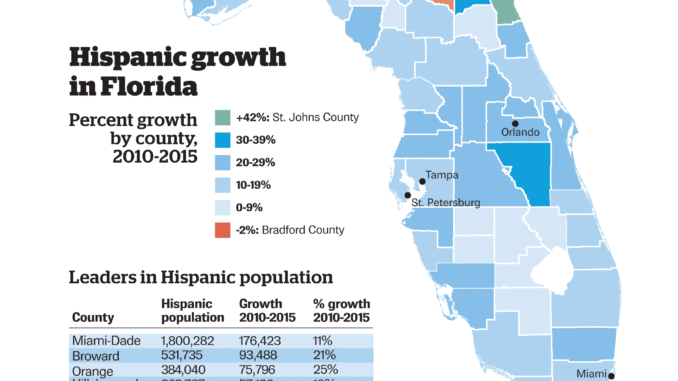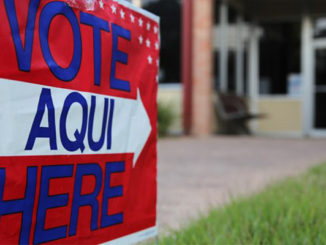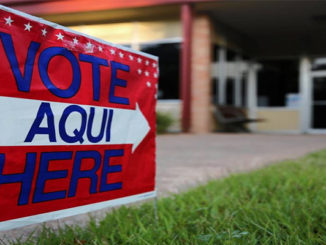
With 29 electoral votes, Florida is the biggest prize of the battleground states. But the difference between winning and losing the Sunshine State is often very small.
“In 2012, Obama just won Florida over Romney by just over .9%,” said Susan MacManus, a distinguished professor at the University of South Florida. “This is a fiercely fought for state.”
There are currently about 4.4 million registered Republicans and nearly 4.6 million Democrats. But the voters both campaigns want are the nearly 3 million independents who give this swing state its swing.
Who are they? Data shows they’re young, part of the influx of new residents drawn to work rather than retire. Gone are the days a candidate could only talk about Social Security. Younger voters have other concerns including jobs and the environment.
These swing voters include Hispanics. In a state long known for the influence of the Cuban population, the number of Puerto Ricans with less traditional right-leaning politics is growing quickly.
Republican organizers say they are paying close attention to these new arrivals.
“We’re focused on the economy and really how we can help them really achieve that American dream that most Puerto Ricans are looking for,” said Sofia Boza, the deputy Hispanic media press secretary at the Republican National Committee.
Hillary Clinton’s campaign is also making a big push for Hispanic voters in the state, relying on Hispanic volunteers and selecting a running mate, Tim Kaine, who is fluent in Spanish.
The Democratic ticket held its first appearance together last month in Miami.
This is the state, of course, that was ground zero in the 2000 election. The race here was so close it took more than a month to determine who the next president would be. The vote that gave us hanging chads. And who could forget those images of election officials holding punch ballots up to the light to discern what a “dimpled chad” could have meant to the course of a country?
MacManus said another Florida nail-biter isn’t out of the question.
“I would be lying to you if I did not tell you that there is a lot of concern among party people and the election officials in this state that we could have a very, very close election,” she said, adding, “They are all hoping no more 2000 elections.”
The I-4 corridor between Tampa and Daytona Beach is the hottest battle ground in this battleground state. Trump was there last week. “Whoa what a crowd,” he said. “Florida, we love Florida.”
For her part, Clinton seems to be in Florida every day — on TV.
Since early June, more money has been spent on television ads in Florida than any other state, with Clinton forces outspending Trump and his allies $20 million versus $1.6 million.
But Republicans say the key to Florida isn’t going big with TV. It’s going small.
Identifying what they call “turfs” — pockets of 6,000 to 7,000 voters where they focus hundreds of local volunteers.
It’s grassroots politics 101, straight out of the Obama Florida playbook.
The Clinton campaign is trying to rewrite the playbook, going after Republican voters.
“We have a lot of Republicans particularly in south Florida that are not happy with their nominee who we’re having conversation with,” said Scott Arcenneaux, a senior adviser for Hillary Clinton for America.



